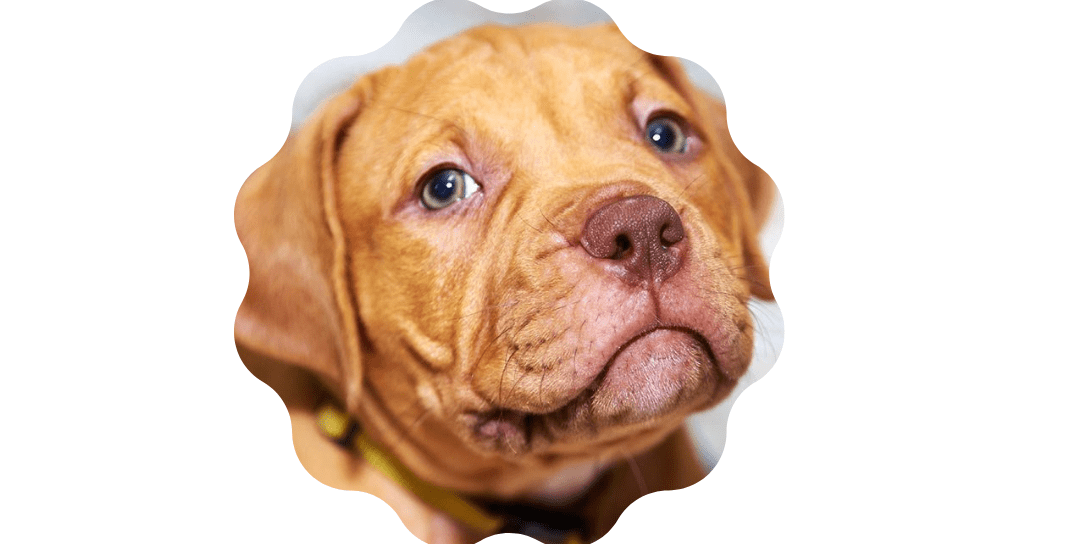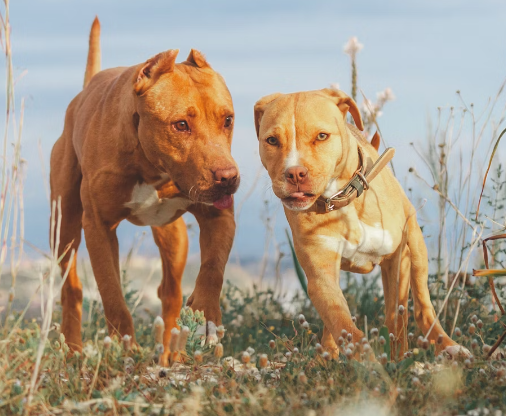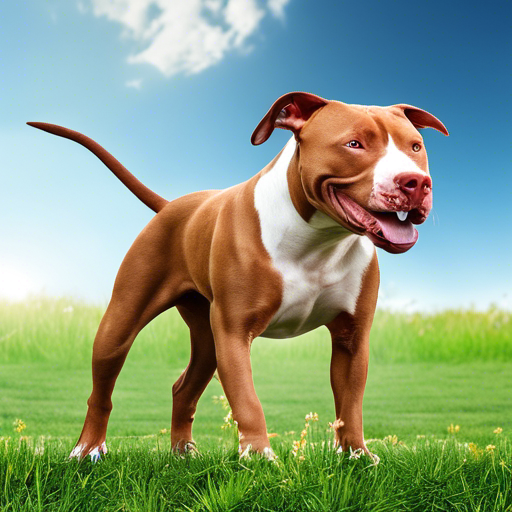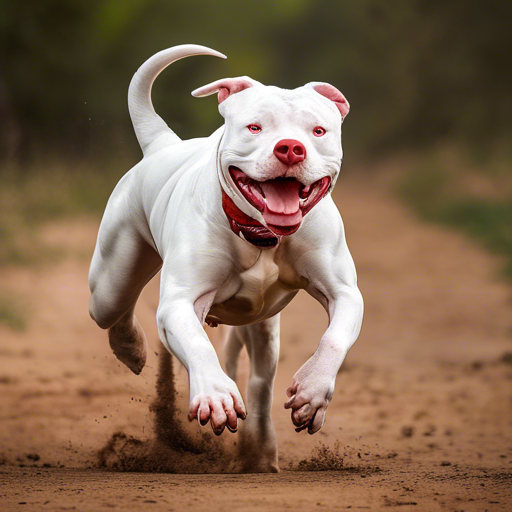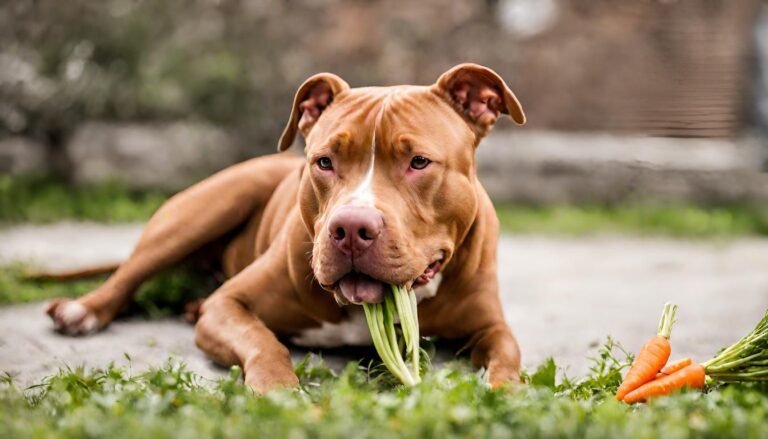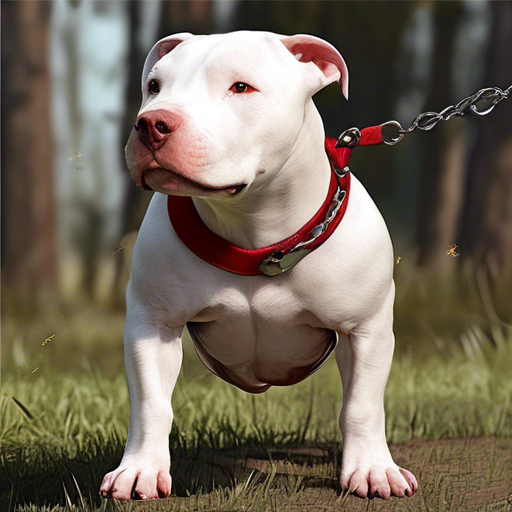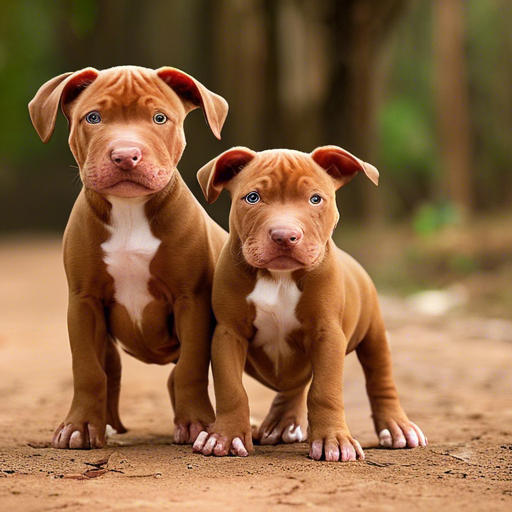Red Nose Pitbull Aggression: Understanding, Training, and Responsible Ownership
Red Nose Pitbulls, often misunderstood due to their association with aggression, are loving and loyal companions when raised and trained properly. In this comprehensive guide, we’ll delve into the intricacies of Red Nose Pitbull aggression, exploring its causes, identifying triggers, and providing actionable strategies for responsible ownership.

I. Introduction
A Brief Overview of Red Nose Pitbulls Red Nose Pitbulls, a variation of the American Pit Bull Terrier breed, are characterized by their distinctive reddish-brown noses and muscular build. Originally bred for bull-baiting and later as farm dogs, they possess a strong prey drive and require consistent training and socialization.
Defining Aggression in Dogs Aggression in dogs encompasses a range of behaviors, from growling and barking to biting and attacking. It’s crucial to understand that aggression is a complex behavior influenced by genetics, environment, and individual temperament.
II. Understanding Red Nose Pitbulls
Origins and History of Red Nose Pitbulls Red Nose Pitbulls trace their lineage back to the 19th century when they were bred in the United States for various purposes, including hunting, herding, and as companions. Despite their intimidating appearance, they were prized for their loyalty and protective instincts.
Physical Characteristics Red Nose Pitbulls are medium-sized dogs with a muscular build and a sleek coat. Their most distinguishing feature is their reddish-brown nose, which sets them apart from other Pitbull variations. With proper care and nutrition, they can live long and healthy lives.
Temperament Traits Contrary to popular misconceptions, Red Nose Pitbulls exhibit a range of temperament traits, including affectionate, playful, and eager to please. However, like all dogs, their behavior is influenced by their upbringing and environment.
III. Nature vs. Nurture Debate
Genetic Factors Influencing Aggression While genetics play a role in determining a dog’s predisposition to aggression, it’s essential to recognize that genetics alone do not dictate behavior. Responsible breeding practices can help mitigate potential aggression, but environmental factors also play a significant role.
Environmental Factors and Socialization Early socialization and positive experiences are crucial in shaping a Red Nose Pitbull’s behavior. Exposing them to various people, animals, and environments from a young age helps prevent fear-based aggression and promotes confidence and adaptability.
IV. Recognizing Aggressive Behavior
Common Signs of Aggression in Red Nose Pitbulls It’s essential for owners to be able to recognize the signs of aggression in their Red Nose Pitbulls, which may include growling, baring teeth, stiff body posture, and lunging. Understanding these cues can help prevent potential conflicts and ensure the safety of both the dog and others.
Differentiating Playfulness from Aggression While Red Nose Pitbulls are known for their exuberant playfulness, it’s essential to differentiate between playful behavior and true aggression. Playful growls and roughhousing are normal parts of canine interaction, but aggression is characterized by intent to harm or intimidate.
V. Triggers for Aggression
Factors That May Trigger Aggressive Behavior Aggression in Red Nose Pitbulls can be triggered by various factors, including fear, territoriality, resource guarding, and frustration. Recognizing and addressing these triggers is essential for managing and preventing aggressive incidents.
Identifying Specific Triggers in Red Nose Pitbulls Each dog is unique, and what triggers aggression in one may not affect another. It’s crucial for owners to observe their Red Nose Pitbull’s behavior closely and identify specific triggers that provoke aggressive responses. Common triggers may include unfamiliar people or animals, loud noises, or perceived threats to their territory or resources.
VI. Handling Aggressive Situations
Techniques for De-escalating Aggression When faced with an aggressive situation, it’s vital for owners to remain calm and avoid escalating the conflict. Techniques such as redirecting the dog’s focus, using positive reinforcement, and providing a safe space can help de-escalate aggression and prevent further incidents.
Safety Measures for Owners and Others Ensuring the safety of both the dog and others is paramount when dealing with aggression. Implementing safety measures such as using secure leashes and muzzles, providing clear boundaries, and seeking professional help when necessary can help mitigate risks and prevent accidents.
VII. Training and Socialization
Importance of Early Training and Socialization Early training and socialization lay the foundation for a well-behaved and balanced Red Nose Pitbull. Positive reinforcement methods, consistency, and patience are key to teaching obedience commands, good manners, and appropriate behavior in various situations.
Positive Reinforcement Methods Positive reinforcement, such as praise, treats, and play, is highly effective in training Red Nose Pitbulls. Rewarding desired behaviors encourages repetition, while punishment or harsh corrections can lead to fear and aggression. Consistency and patience are essential for successful training outcomes.
VIII. Breed-Specific Legislation and Misconceptions
Examining the Impact of Breed-Specific Legislation Breed-specific legislation (BSL) targets certain dog breeds, including Pitbulls, based on stereotypes and misconceptions about their temperament and behavior. However, research has shown that BSL is ineffective in reducing dog bites and can lead to discrimination against responsible owners
